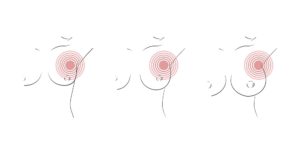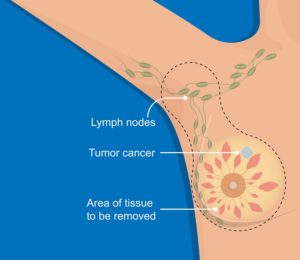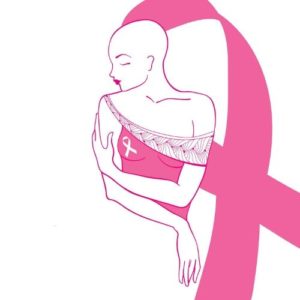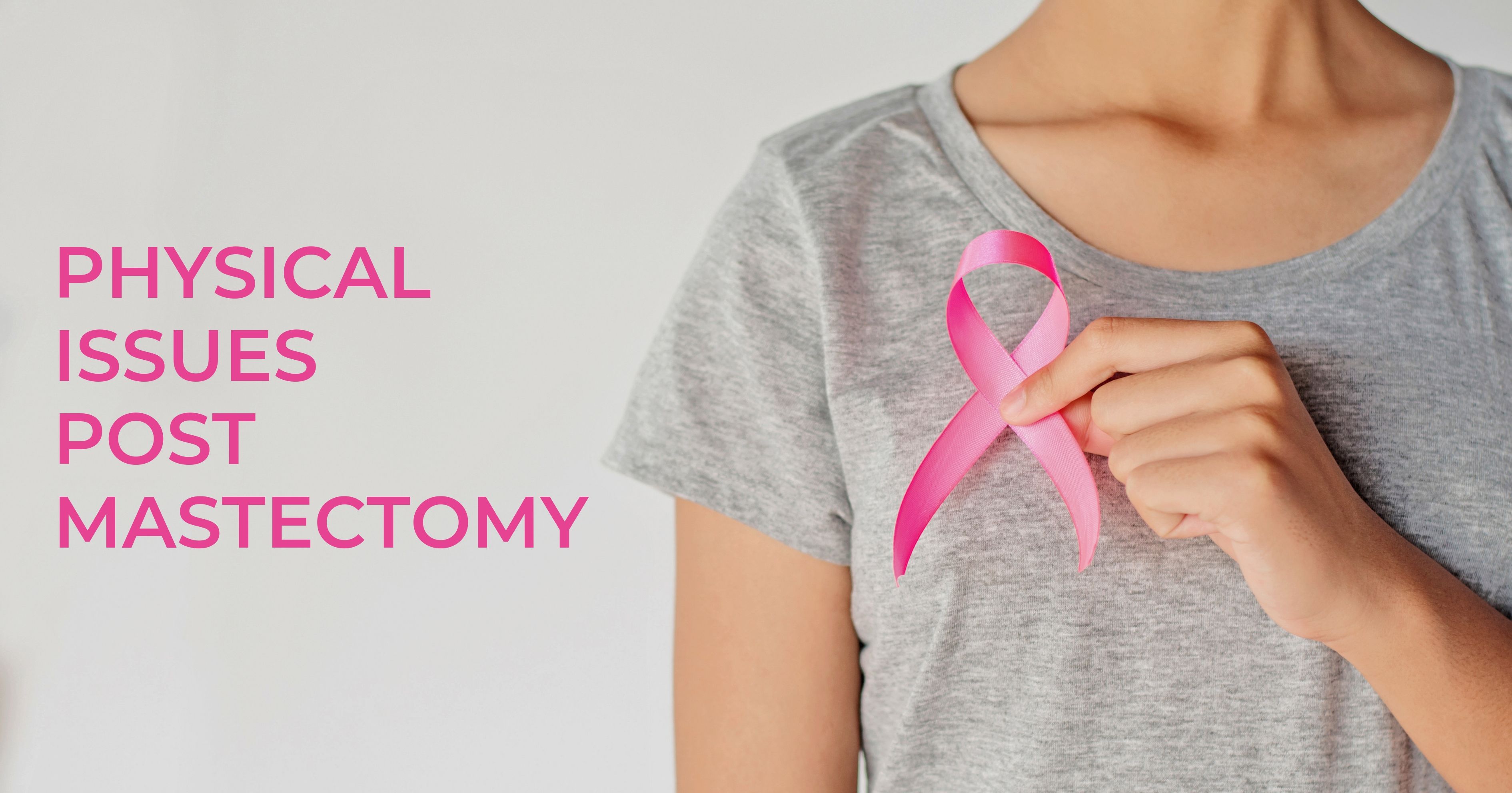Coping up with physical issues post mastectomy is as important as dealing with yourself emotionally. The rehabilitation should happen both ways for you to recover at a good pace. Long term side effects and post mastectomy physical issues often become reminders of cancer for a survivor.
Mastectomy is often seen to negatively affect a woman’s body image and her femininity. Post surgical rehabilitation often begins with recommendations of breast reconstruction or using breast prosthesis. This helps women recover from the loss of one or both breasts and also aids in emotional rehabilitation.
Loss of a breast can lead to asymmetrical weight distribution problems like posture imbalance, shoulder and cervical pain. Breast prosthesis kits like Poorti help in timely physical rehabilitation. You may contact the team of Aarna Biomedical Products if you wish to know more details about Poorti.
Depending on the intensity of treatment, you may experience one or more of the following physical issues post mastectomy.

POST MASTECTOMY PAIN SYNDROME
After breast cancer surgery, most often women have neuropathic problems, which involve pain in the chest area, armpit, in and around the arms that persists for a long time. This is called post-mastectomy pain syndrome (PMPS), mostly noticed in women who have undergone mastectomy.
The classic symptoms include pain and tingling in the chest wall, armpit, and/or arm. Pain may also be felt in the shoulder or around the surgical scar. Other common complaints include: numbness, severe pain, or unbearable itching. The symptoms are usually not extreme. Studies have shown that between 20% and 30% of women develop these symptoms. This is usually caused due to Axillary Lymph Node Dissection.
Post mastectomy pain syndrome can be treated with medication and exercises over time.

LYMPHEDEMA
In case the breast cancer has reached the secondary stage, one or more lymph nodes around the breast area or armpits need to be removed. This depends on how far the cancer cells have spread and to what extent. The removal of lymph nodes are usually associated with lowering of immunity as they contain white blood corpuscles that help fight infection.
Lymphedema is usually seen as a debilitating swelling in the arms of legs due to fluid build up around the area. This can be accompanied with itching, rashes and skin infection. Studies suggest that almost 20% of cancer survivors who have had their lymph nodes removed are likely to be at a risk of lymphedema. Lymphedema can be treated by transplanting clusters of healthy lymph nodes from unaffected areas of the body. Advanced medical technology can pinpoint the area of the body from where these nodes can be used.
Medical professionals are now researching on reducing the effects of lymphedema.

FOLLOW UP AND CARE
Usually the post mastectomy physical issues are dealt during the follow ups. This involves medications, physiotherapy and psychology sessions.
One of the many goals of regular follow up is to check for recurrence. In some cases, a small amount of cancer cells might escape from previous treatment and only show up when they have spread to other body parts. In order to reduce chances of cancer recurrence, your oncologist might give you follow up medication and pathological tests.
Some cancer medications may also induce risks of heart disease. It is important to be aware of the symptoms and share them with your physician immediately on occurrence.
